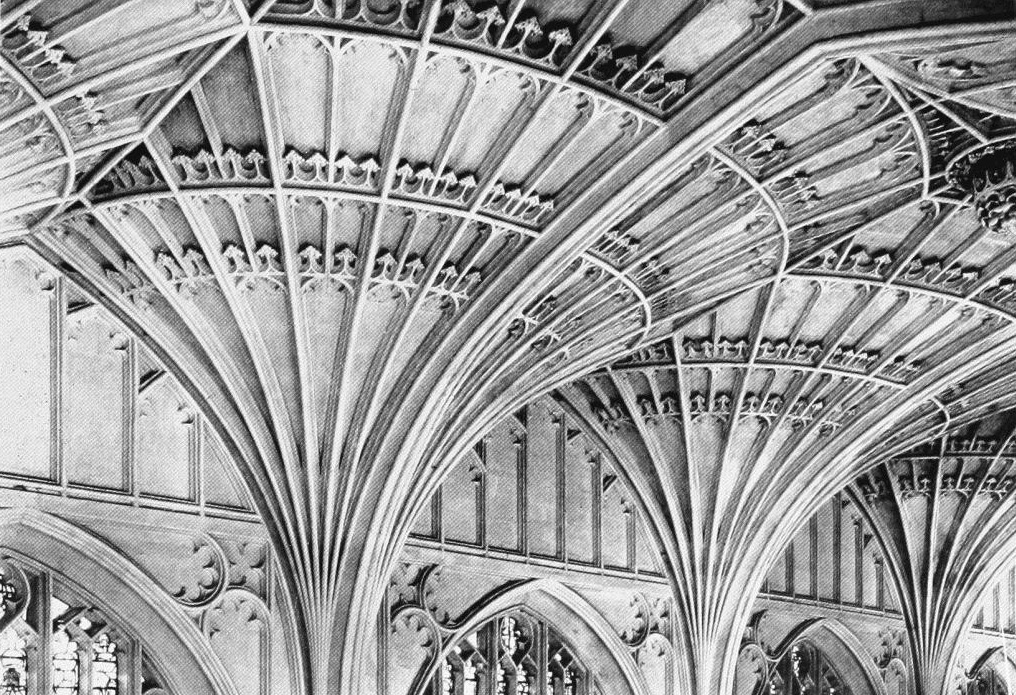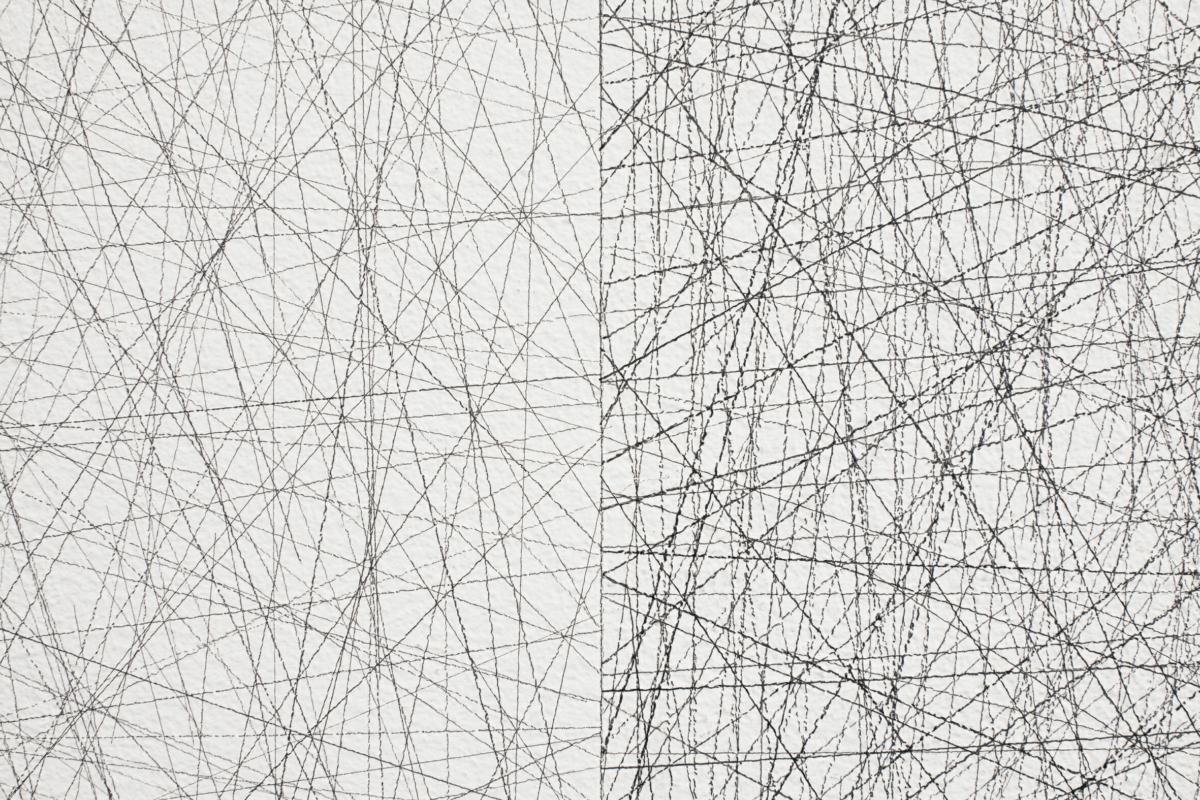Structure & Pattern
Introduction: 23 February 2016, 10 am


Structure is not simply about performance, about the length of a span, the weight of a beam and the ease of construction. These are the pragmatic engineering qualities of a structure. The design of a structure should be, in the first instance, about atmosphere, space and beauty. The imaginative upper part of a space and whether it is dark or light, plain or highly patterned these things have a profound effect on how we feel and what we are inspired to do in a place. The fan vaults of King’s College Chapel in Cambridge are an expression of the vertical structure where columns and pilasters have been reduced to narrow bands of fine stone fluting, with these half round flutes gathered together at their base and at the eave. Overhead they spread and are woven together like the canopy of a dense forest. The roof structure in the reading room of Labrouste’s Bibliothèque National in Paris combines the image of the roman bath and its two thousand year tradition of monumental civic space, with the gravity defying lightness of its innovative iron structure. The fine fluting of the column shafts hold the diminutive composite capitals at their head. These carry the arched and articulated iron trusses, which in turn hold the domes with their painted decorative bands. The flat and even application of ornament, like the fine weave of an oriental carpet, resonates with the open and diagrammatic spatial continuity of the reading room.
In Bernd and Hilla Becher’s photographs of northern European industrial facades, glass, steel and brick are given equivalence within a network of lines and textures. It is unclear whether glass or brick is the more fragile material within these assemblies, and the thin lines of steelwork are as much like a gridded drawing lending a character to the façade, as they are a structure holding it in place. Sol Lewitt’s white, open constructions are also structures that confound a reading based on load paths or even visual hierarchies. Their simple addition of cubic modules seems to declare that the spatial and visual condition of a structure is autonomous from any underlying rational order. Lewitt’s wall drawings made of thousands of short pencil strokes furthers this discourse. Whether they appear to be flat or assume an illusionistic depth, whether they are monochrome or refer to Roman frescoes, they are always just made with pencil strokes.
This semester we will design structures where the relationship between appearance and performance is ambiguous and where delicate surface pattern and overall spatial atmosphere merge into one. The projects will be in Zurich on sites where the addition of a civic ornament would be appropriate and would enable new things to happen in the city. These structures should have a festive spirit, and a lightness that will be encouraged by only being designed for a ten year life span. These will be new public amenities that can be used in a variety of ways, something between a Markthalle and a Kunsthalle. The semester will be run in collaboration with the Structural Design Chair of Joseph Schwartz.
The project will be developed in groups. The integrated discipline construction is included in this course.
Introduction: 23 February 2016, 10 am, HIL E 9
Professor Adam Caruso
Assistants: Martina Bischof, Maria Conen, Stefan Fürst, Claudio Schneider, Florian Summa, Kai Zipse